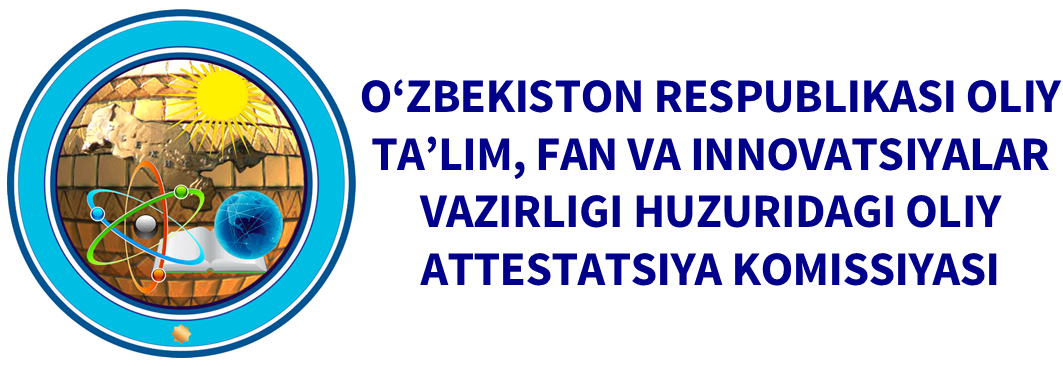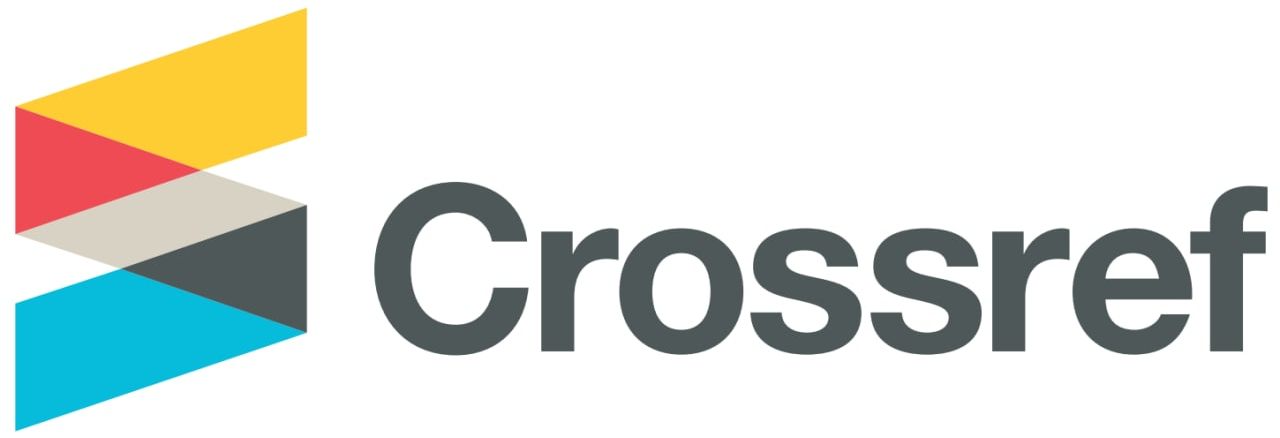ИННОВАЦИОННЫЕ ЭФФЕКТЫ НЕФОРМАЛЬНОЙ КОНКУРЕНТНОЙ ДЕЯТЕЛЬНОСТИ ЦИФРОВЫХ ПЛАТФОРМ
DOI:
https://doi.org/10.60078/2992-877X-2024-vol2-iss10-pp344-350Аннотация
Конкуренция со стороны неформального сектора, включая цифровые платформы, представляет собой значительный вызов для формальных компаний. В ответ на это давление формальные фирмы могут вводить инновации, способные дать им конкурентное преимущество. Используя пробит-модель, данное исследование исследует взаимосвязь между конкурентным давлением неформального сектора и инновационной активностью формальных компаний, опираясь на данные опросов Всемирного банка, проведенных в 2019 году в Узбекистане. Результаты показывают, что воздействие неформальной конкуренции увеличивает вероятность внедрения инноваций в формальных компаниях на 7 процентных пунктов при прочих равных условиях. Помимо этого, наличие международных сертификатов и участие в торговых ассоциациях повышают вероятность инновационной деятельности на 13,9% и 14,5% соответственно. Хотя неформальная конкуренция способствует инновационным продуктам и услугам, она может также иметь иные последствия; поэтому в политических рекомендациях следует учитывать меры по снижению уровня неформального сектора в экономике.
Ключевые слова:
цифровизация цифровая платформа неформальное конкурентное давление инновации фирмы инновацияБиблиографические ссылки
Acs, Z., Desai, S., Stenholm, P., & Wuebker, R. (2013). Institutions and the rate of formal and informal entrepreneurship across countries. Frontiers of Entrepreneurship Research, 35(15), 1-24.
Aghion, P., Bloom, N., Blundell, R., Griffith, R., & Howitt, P. (2005). Competition and innovation: An inverted-U relationship. The Quarterly Journal of Economics, 120(2), 701-728.
Ayyagari, M., Demirgüç-Kunt, A., & Maksimovic, V. (2011). Firm innovation in emerging markets: The role of finance, governance, and competition.
Bloom, N., Draca, M., & Van Reenen, J. (2016). Trade - induced technical change?
Cui, W., Chen, G., & Fu, Y. (2020). Competition Order and Innovation Behaviors of Enterprise in China. Discrete Dynamics in Nature and Society, 2020.
Cunha, B. (2006). Informality, Productivity, and Growth. World Bank, Washington, DC.
De Bondt, R., & Vandekerckhove, J. (2012). Reflections on the relation between competition and innovation. Journal of Industry, Competition and Trade, 12(1), 7-19.
Deb, R., Samalia, H. V., & Prusty, S. K. (2020). The role of informal competition in driving export propensity of emerging economy firms. International Journal of Sociology and Social Policy.
Digital Commerce 360 (2023) More than 75% of digital platforms invest in cloud solutions and microservices. https://www.digitalcommerce360.com/product/online-marketplaces-database/
Farrell, D. 2004. “The hidden dangers of the informal economy.” The McKinsey Quarterly, (3).
Gimeno, J., & Woo, C. Y. (1996). Hyper competition in a multimarket environment: The role of strategic similarity and multimarket contact in competitive de- escalation. Organization science, 7(3), 322-341.
Heredia, J., Flores, A., Geldes, C., & Heredia, W. (2017). Effects of informal competition on innovation performance: the case of the pacific alliance. Journal of Technology Management & Innovation, 12(4), 22-28.
International Data Corporation (2023) Global Digital Transformation Spending Forecast to Reach $3.9 Trillion by 2027. https://www.idc.com/getdoc.jsp?containerId=prUS51352323
International Studies of Management & Organization, 49(2), 173-190.
Iriyama, A., Kishore, R., & Talukdar, D. (2016). Playing dirty or building capability? Corruption and HR training as competitive actions to threats from informal and foreign firm rivals. Strategic Management Journal, 37(10), 2152-2173. Journal of Financial and Quantitative Analysis, 46(6), 1545-1580.
Kapaz, E., & Kenyon, T. (2005). The informality trap: tax evasion, finance, and productivity in Brazil. Viewpoint. World Bank, Washington, DC. © World Bank. https://openknowledge.worldbank.org/handle/10986/11201 License: CC BY 3.0 IGO.
La Porta, R., & Shleifer, A. (2014). Informality and development. Journal of Economic Perspectives, 28(3), 109-26.
McCann, B. T., & Bahl, M. (2017). The influence of competition from informal firms on new product development. Strategic Management Journal, 38(7), 1518-1535.
Mendi, P., & Costamagna, R. (2017). Managing innovation under competitive pressure from informal producers. Technological Forecasting and Social Change, 114, 192-202.
Nickell, S. J. (1996). Competition and corporate performance. Journal of Political Economy, 104(4), 724-746.
Peneder, M., & Wörter, M. (2014). Competition, R&D and innovation: testing the inverted-U in a simultaneous system. Journal of Evolutionary Economics, 24(3), 653-687.
Pérez, J. A. H., Kunc, M. H., Durst, S., Flores, A., & Geldes, C. (2018). Impact of competition from unregistered firms on R&D investment by industrial sectors in emerging economies. Technological Forecasting and Social Change, 133, 179189.
Pérez, J. A. H., Yang, X., Bai, O., Flores, A., & Heredia, W. H. (2019). How Does Competition by Informal Firms Affect the Innovation in Formal Firms?
Porter, Michael. 1990. “The Competitive Advantage of Nations.” Harvard Business Review, 68(2):73-93.
Qi, G., Zou, H., Xie, X. M., & Zeng, S. (2020). Firms’ reaction to threats from informal firms: exploring the roles of institutional quality and technical gap. Journal of Business & Industrial Marketing.
Scherer, F. M. (1967). Research and development resource allocation under rivalry.
Schneider, F. (2002, July). Size and measurement of the informal economy in 110 countries. In Workshop of Australian National Tax Centre, ANU, Canberra (Vol. 17).
Shumpeter, J. (1942). Capitalism, socialism, and democracy. New York.The impact of Chinese imports on innovation, IT, and productivity. The Review of Economic Studies, 83(1), 87-117.The Quarterly Journal of Economics, 81(3), 359-394.
The World Bank Group. (2019). Enterprise Surveys www.enterprisesurveys.org
Webb, J. W., Bruton, G. D., Tihanyi, L., & Ireland, R. D. (2013). Research on entrepreneurship in the informal economy: Framing a research agenda. Journal of Business Venturing, 28(5), 598-614.
Williams, R. (2012). Using the margins command to estimate and interpret adjusted predictions and marginal effects. The Stata Journal, 12(2), 308-331.
Негматова Ш. (2016). Competition between political parties in Uzbekistan.
Загрузки
Опубликован
Как цитировать
Выпуск
Раздел
Лицензия

Это произведение доступно по лицензии Creative Commons «Attribution» («Атрибуция») 4.0 Всемирная.










